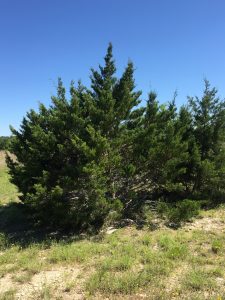You may not recognize these bugs up close, but turn off the lights and you will know you have come across a Firefly, this one (thanks to iNaturalist) was identified as the Common Eastern Firefly. These insects have appeared recently around campus and I absolutely adore them! After conducting some minor research I found out just how and why glow bugs glow! When they breathe in oxygen, their cells combine with a substance called luciferin to produce that glow in specified organs in their abdomen. These bugs glow in order to find mates as well as act as a defense mechanism to show predators they will be unappetizing. Sidenote: If I was to ever get proposed to one day, I would want fireflies to surround us. Very unrealistic, but ideal.
Source: http://animals.nationalgeographic.com/animals/bugs/firefly/
Observation: http://www.inaturalist.org/observations/5975779










